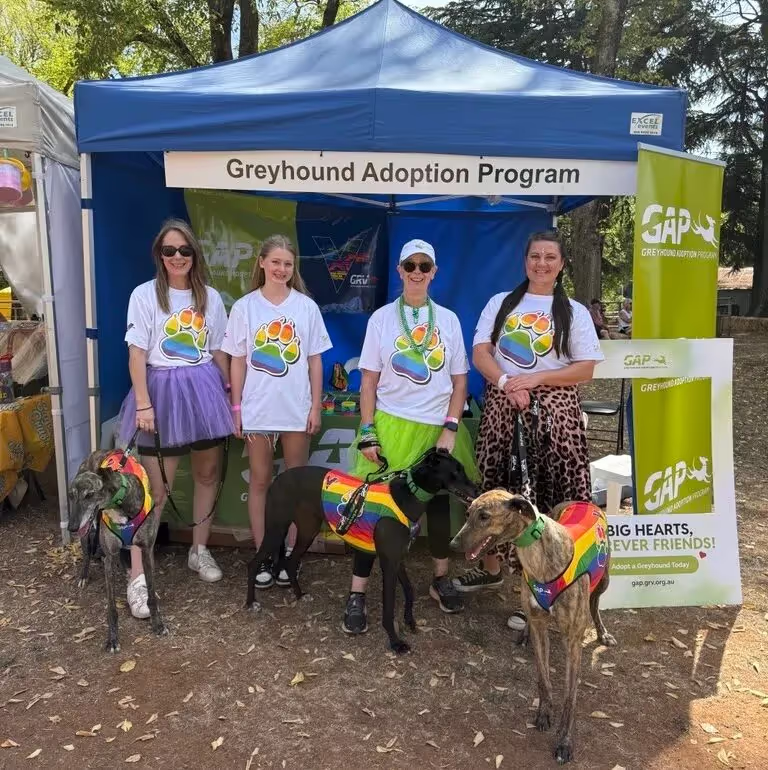Stay up to date with all things GAP
From adoption updates and community stories to program news and upcoming events, this is where you’ll find the latest happenings in the world of greyhounds.

Need advice on greyhound care?
Our resources hub has everything you need - from feeding guides and training tips to settling your greyhound into home life. Whether you're a new adopter or a seasoned owner, you’ll find helpful info to support every step of the journey.








